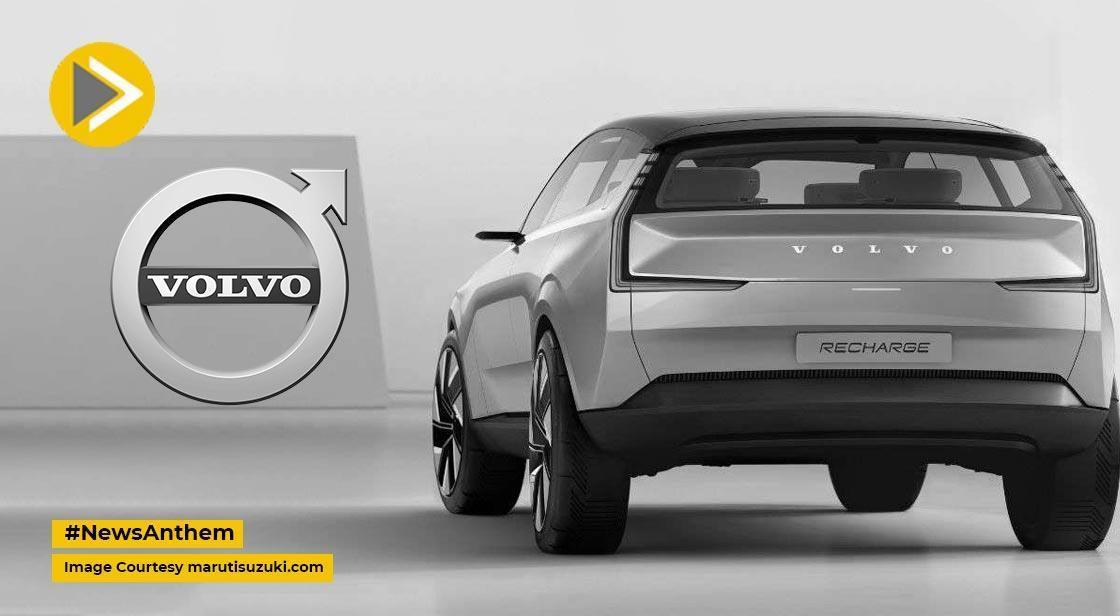Volvo Halts US Car Production Amid Ongoing Parts Shortage

News Synopsis
Volvo Cars has temporarily suspended operations at its manufacturing facility in Ridgeville, South Carolina. The automaker cited a shortage of essential parts as the primary reason for the production halt. The suspension comes just as the industry grapples with tightening supply chains and volatile trade policies.
Production Issue Resolved, Volvo Confirms
According to Volvo, the issue had been resolved by Friday afternoon, and production is expected to resume promptly. However, the incident underscores the vulnerability of automotive supply chains—particularly for manufacturers relying on globally sourced components.
Connection to US Tariffs and Supply Chain Disruptions
A report by the Source noted that the short-term shutdown was announced on Thursday, with production scheduled to resume by Saturday. The disruption is believed to be linked to the ongoing impact of tariffs introduced under former US President Donald Trump.
The inconsistent and often unpredictable nature of tariff policy has made it increasingly difficult for automakers to maintain steady production. While the exact components in short supply were not specified, the issue reflects a broader trend in the US auto sector.
Volvo EX90: The Only Model Built in the US
Volvo’s Ridgeville plant currently manufactures only one model—the Volvo EX90, the company’s flagship electric SUV. Although assembled in the United States, the EX90’s parts come from various international sources.
-
20% to 25% of the vehicle’s components originate from the US or Canada.
-
30% come from China.
-
Another 30% are sourced from Mexico.
-
The transmission is manufactured in Sweden.
Such global dependency leaves production vulnerable to geopolitical and trade-related disruptions.
Workforce Impact and Global Layoffs
The temporary production halt follows Volvo’s recent announcement of significant job cuts. Around 125 employees—approximately 5% of the Ridgeville plant’s workforce—were affected. On a global scale, Volvo is slashing 3,000 jobs, primarily targeting white-collar positions at its headquarters in Sweden.
The job cuts are part of Volvo’s larger plan to reduce operational costs by nearly $2 billion. The company is navigating a slowdown in demand, increased competition, and logistical complications caused by tariff-induced supply challenges.
Tariffs on Auto Parts and the 2027 Chinese Ownership Ban
The Trump-era 30% tariffs on Chinese imports and 25% duties on foreign auto parts—especially those that don’t comply with the US-Mexico-Canada Agreement—have had a pronounced effect on manufacturing operations.
Adding to the concern is a proposed 2027 US ban on automakers that are majority-controlled by Chinese entities. Volvo, which is majority-owned by China’s Geely, could be significantly impacted if such legislation is passed. This would pose challenges for Volvo’s long-term prospects in its second-largest market.
US: Volvo’s Second Largest Market
The United States accounts for 16% of Volvo’s global car sales, second only to China, which holds a 20% market share. The company’s investment in the US—such as its $1.2 billion Ridgeville facility—highlights the importance of the American market. However, current and future geopolitical challenges could reshape Volvo’s strategic direction.
Conclusion: A Wake-Up Call for Global Automakers
Volvo’s temporary production halt in South Carolina highlights the growing complexities automakers face in a globalized yet protectionist trade environment. Although the part shortage was quickly resolved, the underlying issues—tariffs, supply chain fragility, and geopolitical tensions—remain unresolved.
As the automotive industry moves deeper into the electric vehicle era, manufacturers like Volvo must navigate a rapidly changing global landscape. The coming months will be crucial in determining how these external pressures affect long-term strategies and production capabilities.
You May Like









